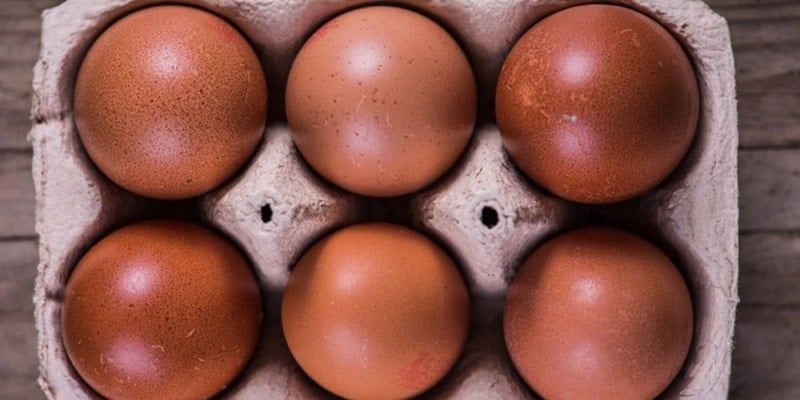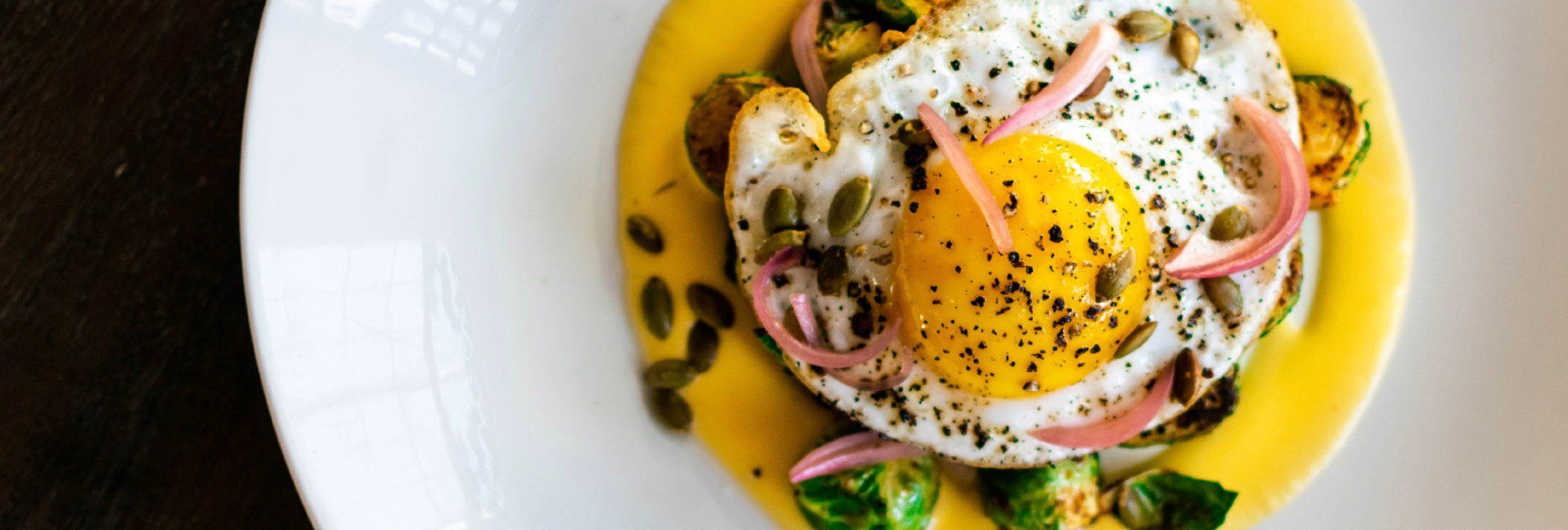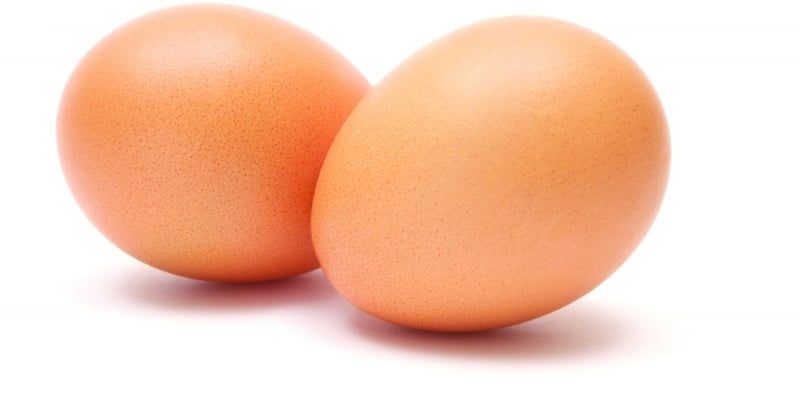Marans and Their Dark Brown Eggs


While I know there is no difference between white and brown eggs other than the color of the shells, I will confess to having a strong preference to brown shells, especially those that are dark and richly colored. So when I first saw pictures of quality, chocolate-colored Marans eggs, I was hooked.
A Little History
The Marans breed of chickens originated in France during the last half of the 19th century and were first shown there in 1914. Marans are relatively new here in the U.S. and have only been seriously bred for the past twenty years or so. While they have been slow to catch on in fancy exhibition circles, they quickly became popular among backyard poultry hobbyists.
This popularity was due to the fact that Marans was a new breed that could lay very dark eggs. Unfortunately, its early popularity in this country nearly became the breed's undoing. Enjoying a high demand, profiteers began to breed Marans indiscriminately, even crossing them with other dark brown egg breeds. They sold these eggs and chicks, which often did not live up to the breeders' claims that they would grow up to lay dark brown eggs, for astronomical amounts of money.
Fortunately, a few dedicated breeders have been working with the breed to improve both bird type and egg color. The Marans Chicken Club USA was successful in getting Black Copper Marans recognized by the American Poultry Association (APA) in April 2011, followed by the Wheaten Marans in October of that year. White Marans received APA recognition in 2014.
A Challenging Breed
I have found Marans to be one of the most challenging breeds to work with. It’s difficult not only to achieve the proper type and color of the birds themselves but also to improve the egg color in each generation. Marans' egg color can be a hard thing to understand. Marans hens will lay different shades of eggs in the same year. Egg color is at its darkest during the cooler months, and it fades when temperatures increase during the summer. Other factors, such as stress or a change in location, will also cause hens to lay lighter colored eggs.
Breeding for type and color presents challenges as well. As a result of the indiscriminate breeding early on, some issues have been hard to overcome. Short backs and high tail carriage can still be seen in some birds, but those dedicated to the breeds' success are making truly great strides in improving the bird overall. It's not uncommon to see Marans being selected as champion or reserve champion of its class. A select few have been chosen as reserve champion large fowl, while one has even been named champion large fowl. Today, things are really looking up for Marans, and the breed is starting to make its mark.
Where to Start
If you're considering raising Marans, you're probably wondering where to start. The best advice for new Marans fanciers is to do your research before you even think about getting your birds. Study and understand the Marans standard so you'll know what a good Marans should look like. Visit maranschickenclubusa.com to read up on proper type and color descriptions. The Marans Chicken Club USA has an active group page on Facebook, as do Marans Fanciers and Marans Mania. You'll find lots of good breeders in these groups who are eager and willing to help newcomers.
A question I get asked frequently is, “Should I start with hatching eggs, chicks, started birds, or adult stock?” Let's take a look at each option's strengths and weaknesses, as well as how you can use both to your advantage.
Hatching eggs is the most economical way to get started, but be prepared to spend $75 to $100 per dozen for eggs from a breeder—and don't forget to factor in shipping charges. While eggs may be the most economical way to begin, it's probably the most risky. Shipped eggs rarely hatch well, and it's not unusual to receive eggs that were broken in shipment. You'll have many months’ worth of effort and money invested by the time you hatch the eggs and rear the chicks to adulthood.
Day-old chicks are a better way to start than eggs, in my opinion. When you order 25 chicks, you typically receive 25 live chicks (barring some disaster en route). It's probably going to be more difficult to find a breeder willing to ship chicks than eggs. As with ordering eggs, it takes a good amount of time and money before your chicks grow and begin laying.
Rip's Rule of Ten
On average, for every ten birds you raise to maturity, only one will be good enough to keep for breeding or showing. Keep that in mind when buying eggs or chicks.
Started chicks are usually old enough when you get them that they won’t require brooding. If they're five or six weeks of age, their sex can be easily determined. Remember, chicks will change a lot over time, and those you initially think are stars can develop into duds. Also, from the time they hatch until they mature, chicks grow and molt three sets of feathers, so colors can—and frequently do—change.
Adult stock, for me, is the best way to start, but it is also the most expensive. The huge advantage to starting with adult stock is that what you see is what you get. You should expect to pay more for birds of better quality, but it will be worth it in the long haul. While the fall is the best time of the year to pick up adult stock, remember to contact your selected breeder early in the year to let them know your interest and what you're looking for. Try to get two trios of birds: two males and four females. If managed properly, you can hatch all the chicks you need from these.
Successfully raising Marans requires more forethought than many other breeds, so it pays to take the time to really study the breed before you get started. Visit a local show or two, and talk to breeders— even those who aren't raising Marans—about the hobby. Join a Marans Facebook group and ask questions, look at photos that members post, and follow the comments about them. Take the time to build relationships with Marans breeders, and learn from them. Try as hard as you can to find someone who will mentor you. Good mentors are worth their weight in gold to breeders who are just starting out. Take your breeding decisions seriously if you want to help continue to move this breed forward.
Lastly—and most importantly—have fun with your new hobby.
Tags:Excellent Eggs

Chicken Whisperer is part of the Catalyst Communications Network publication family.











